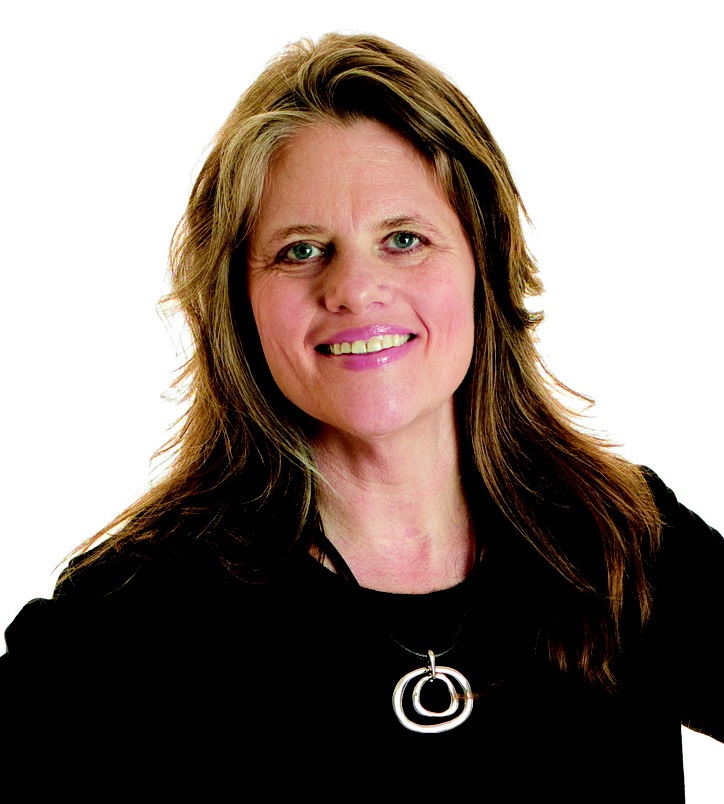Not-So-Trivial Pursuits: Wooing the Secret Holders
There is no sure-fire, never-fail road map for research. There certainly is no GPS with a reassuring British voice guiding you when you make a wrong turn (“recalculating…”). Research takes you into unexplored, wild, rocky terrain, and each book teaches you how to research that book.
 There is no sure-fire, never-fail road map for research. There certainly is no GPS with a reassuring British voice guiding you when you make a wrong turn (“recalculating…”). Research takes you into unexplored, wild, rocky terrain, and each book teaches you how to research that book. Sure, there are techniques and tricks you take from the previous book and use in the next one, but each book presents unforeseen problems, unique challenges that no book before it did. Some research projects humiliate you (like the one I’m working on now). A professor I had in college claimed he was teaching by the “Socratic method”; I would counter that he taught by the “single out and ridicule method.” I hid in the back of his classroom and prayed he wouldn’t call on me. You can’t do that with a book. You have to sit in the front row and look it square in the eye.
There is no sure-fire, never-fail road map for research. There certainly is no GPS with a reassuring British voice guiding you when you make a wrong turn (“recalculating…”). Research takes you into unexplored, wild, rocky terrain, and each book teaches you how to research that book. Sure, there are techniques and tricks you take from the previous book and use in the next one, but each book presents unforeseen problems, unique challenges that no book before it did. Some research projects humiliate you (like the one I’m working on now). A professor I had in college claimed he was teaching by the “Socratic method”; I would counter that he taught by the “single out and ridicule method.” I hid in the back of his classroom and prayed he wouldn’t call on me. You can’t do that with a book. You have to sit in the front row and look it square in the eye.
My new YA nonfiction book is a combination of that professor and a kidnapper. Which is actually a good thing. I have Stockholm syndrome: the more she tortures me, the more I love her. A researcher friend of mine was reassuring when I told her that I kept hitting brick walls in the municipal archives and other subterranean vaults. “That’s the process,” she said. “You hit a brick wall, and you find a way through or around it.” She smiled. “Then you hit another brick wall.”
“Is that a dent in your head?” I asked her. She didn’t answer.
But she did give me another piece of advice: make friends with the archivists and other Holders of Secrets. Keep showing up. I remember this trick from many years ago when I was writing a biography of the geneticist Barbara McClintock. Her fiercely protective niece told me she didn’t want to talk about her aunt. But then, at the end of the first phone call, she gave me a tiny fragment of gold. I called her back, and the same thing happened. Over the course of half a dozen phone calls I got what I needed. I just had to hang in there.
My WIP involves a person from history who is hardly written about. I am convinced that somewhere there are files that will lead me to previously uncovered Great Stuff. Guarding those treasures are mere people. In uniforms. Who might like…chocolate?
I am packing my gear: pencils, notebooks, camera — and chocolate-chip cookies, to be delivered, in person, to police headquarters. Wish me luck.
Deborah Heiligman is the author of Charles and Emma (Holt). The Boy Who Loved Math, a
picture book about mathematician Paul Erdos, is forthcoming from Roaring Brook.
From the March/April 2011 Horn Book Magazine: Special Issue: Fact, Fiction, and In Between.

RELATED
ALREADY A SUBSCRIBER? LOG IN
We are currently offering this content for free. Sign up now to activate your personal profile, where you can save articles for future viewing.







Add Comment :-
Be the first reader to comment.
Comment Policy:
Comment should not be empty !!!